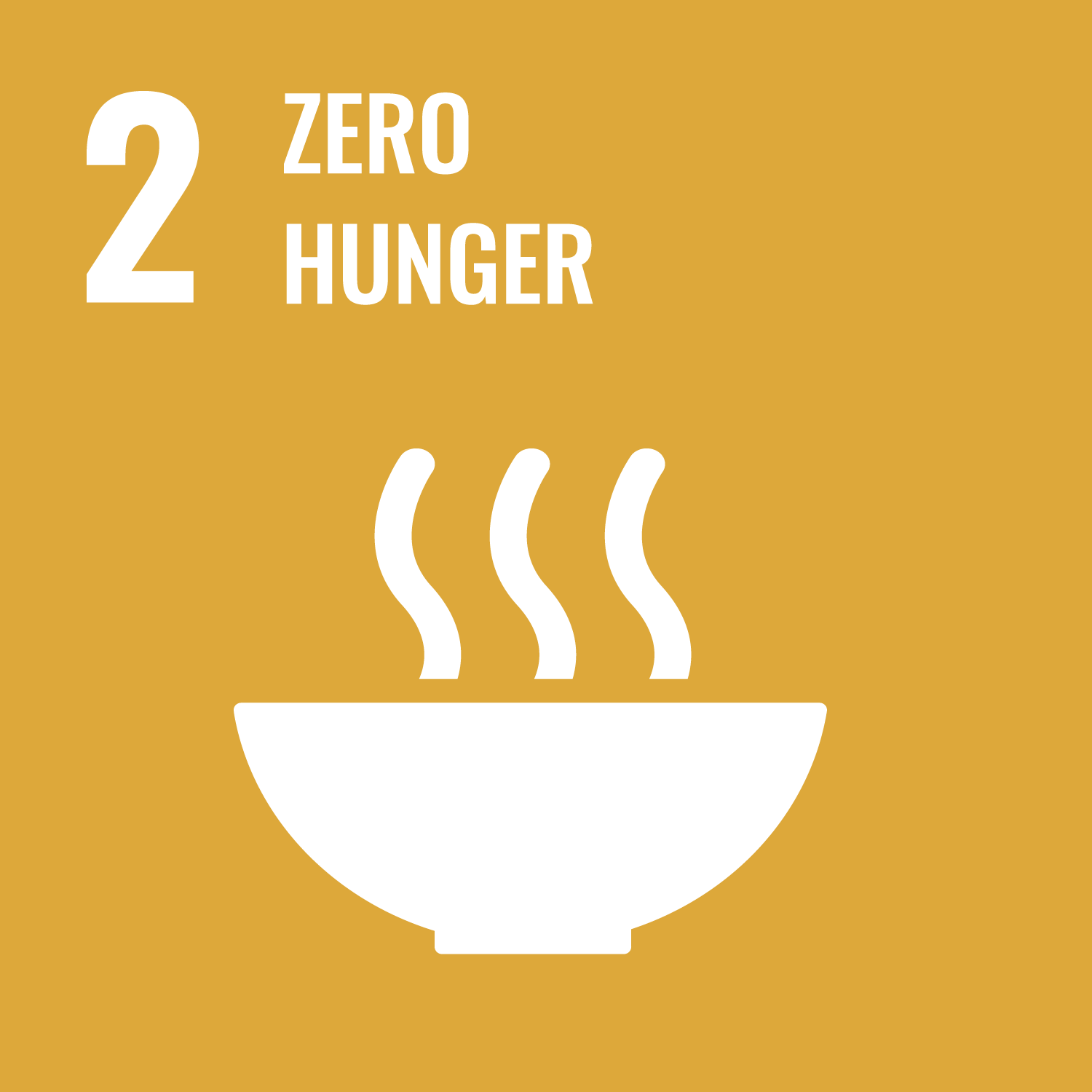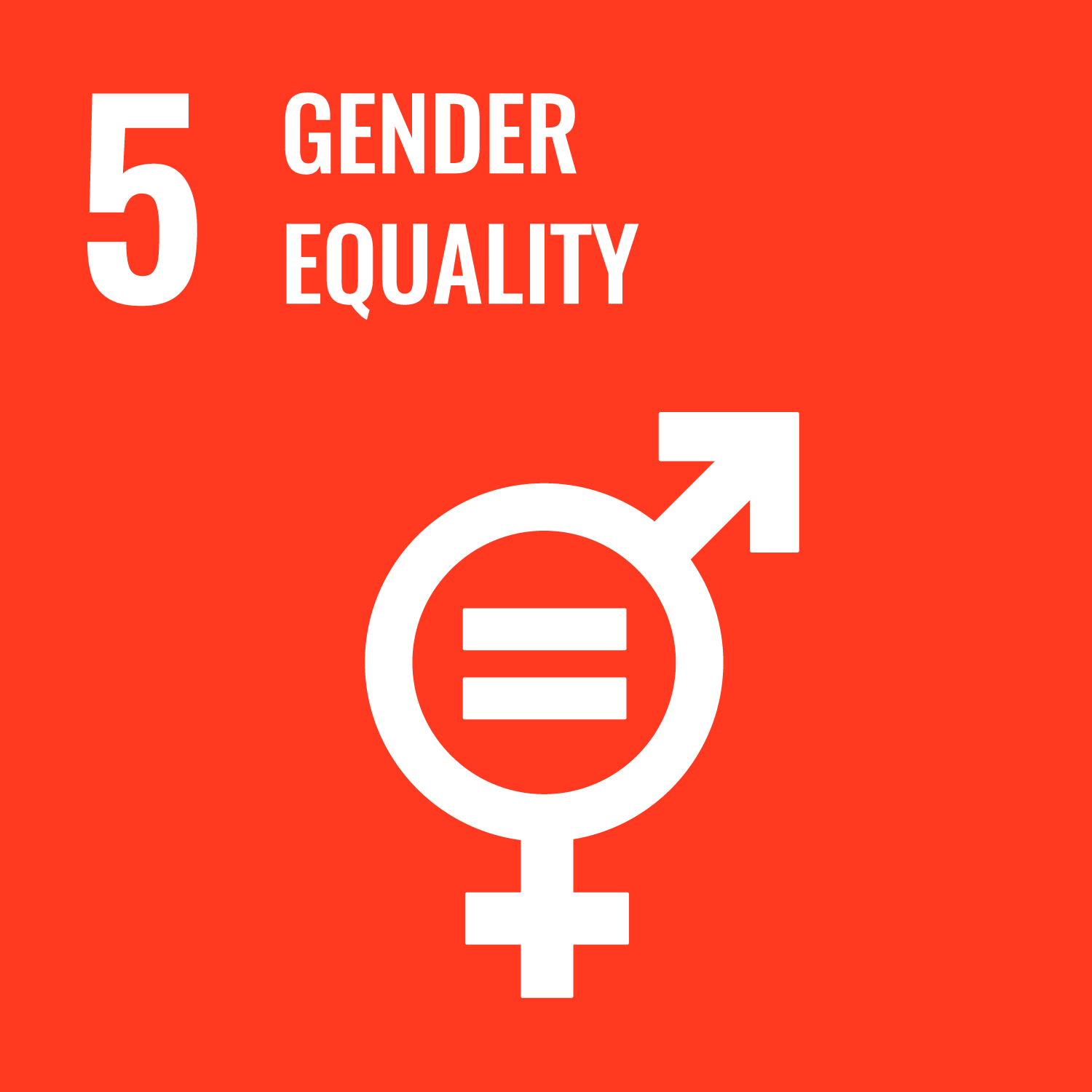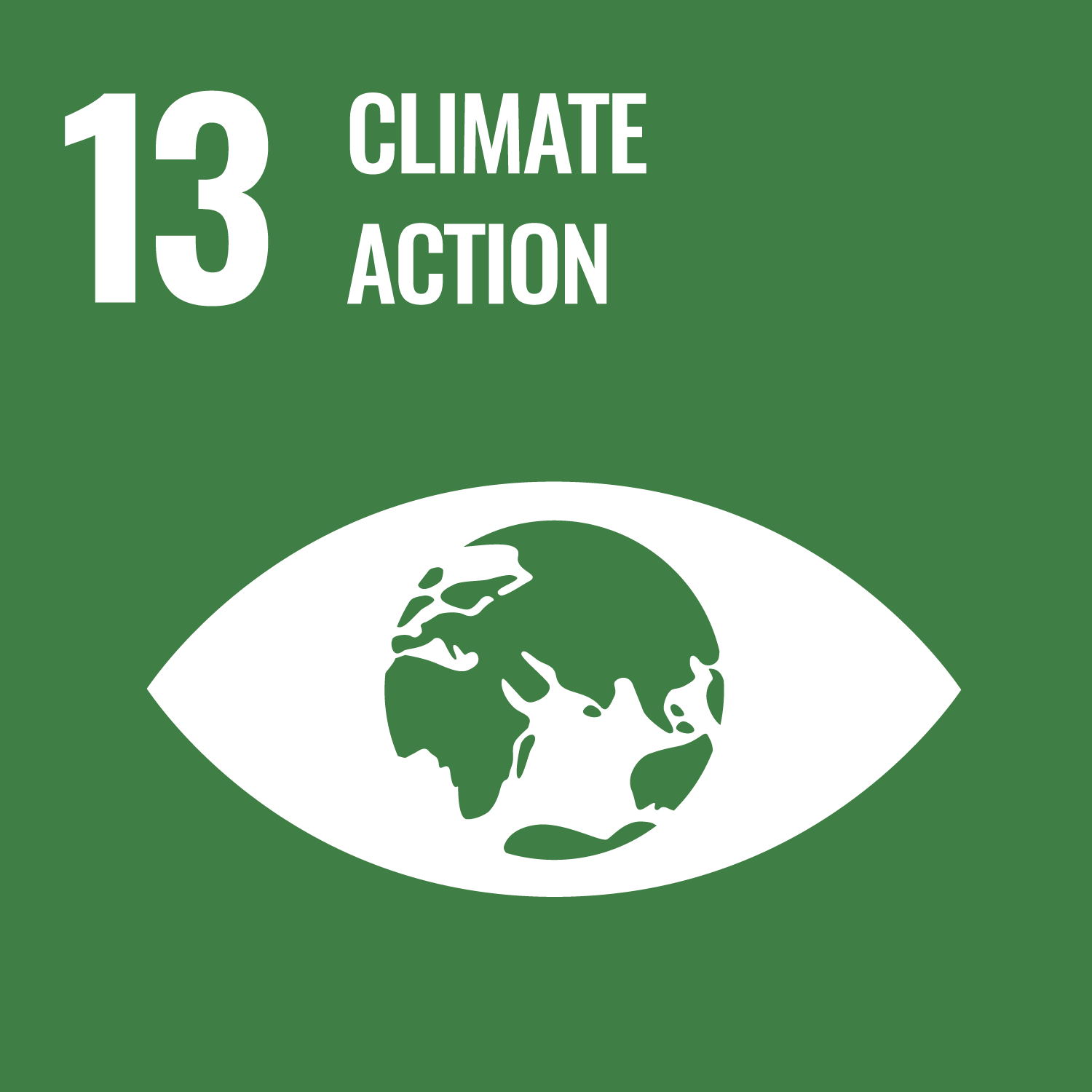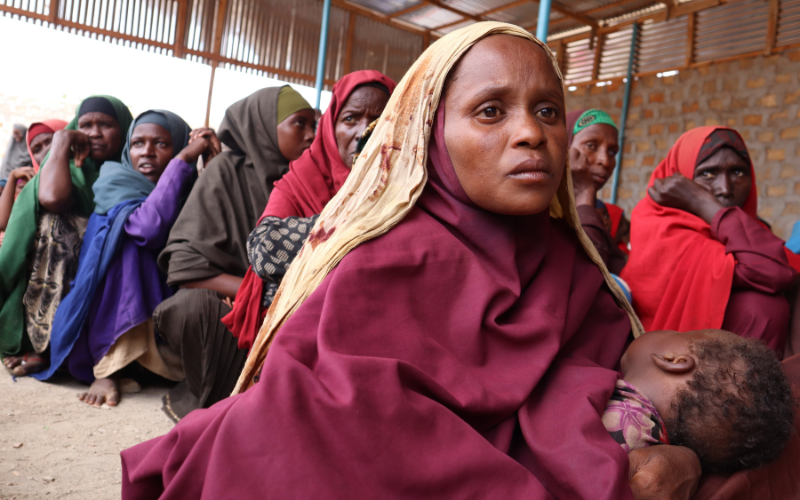Emergency Response
Our disaster relief work saves lives – but it does far more than that. We warm, nourish, comfort and protect children who’ve experienced the unthinkable. We continue to walk beside them as their communities rebuild. And we press governments for programs and policies to secure their futures.










